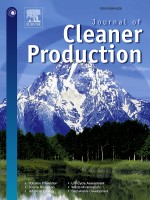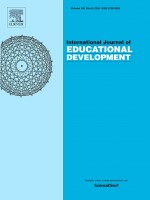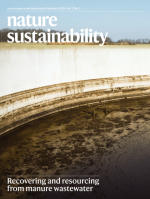Malhi, Y. et al
PNAS vol. 106 no. 49 20610-20615 Published online before print February 13, 2009 DOI: 10.1073/pnas.0804619106
View Journal Article / Working PaperWe examine the evidence for the possibility that 21st-century climate change may cause a large-scale ‘‘dieback’’ or degradation of Amazonian rainforest. We employ a new framework for evaluating the rainfall regime of tropical forests and from this deduce precipitation-based boundaries for current forest viability. We then examine climate simulations by 19 global climate models (GCMs) in this context and find that most tend to underestimate current rainfall. GCMs also vary greatly in their projections of future climate change in Amazonia. We attempt to take into account the differences between GCM-simulated and observed rainfall regimes in the 20th century. Our analysis suggests that dry-season water stress is likely to increase in E. Amazonia over the 21st century, but the region tends toward a climate more appropriate to seasonal forest than to savanna. These seasonal forests may be resilient to seasonal drought but are likely to face intensified water stress caused by higher temperatures and to be vulnerable to fires, which are at present naturally rare in much of Amazonia. The spread of fire ignition associated with advancing deforestation, logging, and fragmentation may act as nucleation points that trigger the transition of these seasonal forests into fire-dominated, low biomass forests. Conversely, deliberate limitation of deforestation and fire may be an effective intervention to maintain Amazonian forest resilience in the face of imposed 21st-century climate change. Such intervention may be enough to navigate E. Amazonia away from a possible ‘‘tipping point,’’ beyond which extensive rainforest would become unsustainable.




